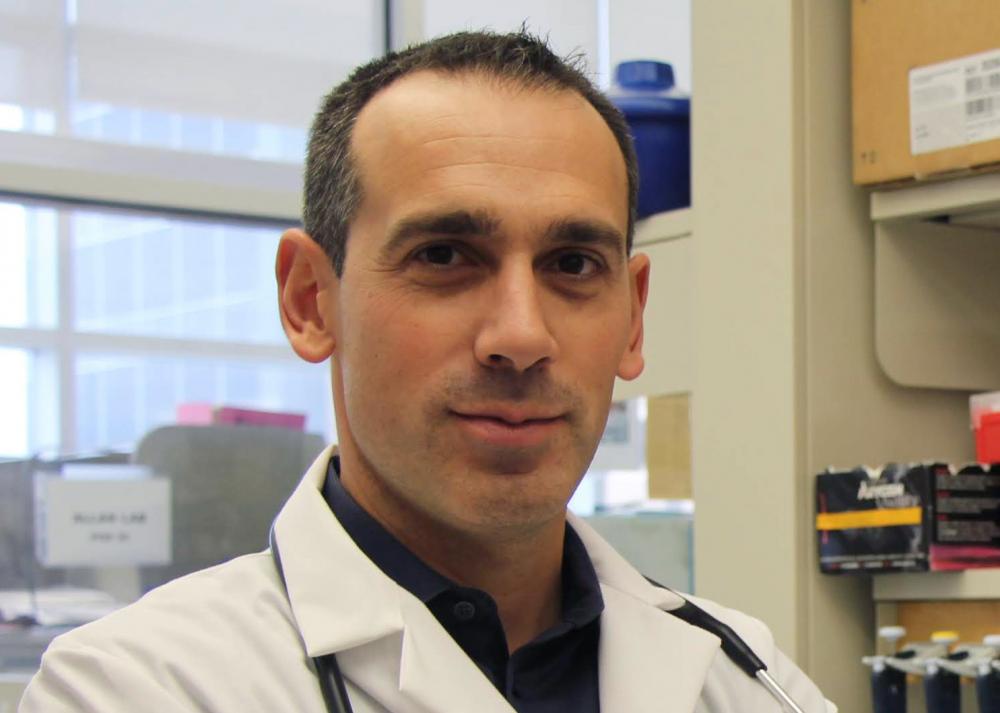
Your IMPACT
Cancer research can take years before it turns from a dream into a reality for helping patients. Donor support can rapidly accelerate progress.
In recent news, a remarkable therapy discovery, fuelled by donations, will extend the lives of people with certain types of advanced cancer, giving them more time to spend with loved ones.
“In the past, the spread of lung cancer to the bones, or breast cancer to the brain, was considered incurable,” says David Palma, MD, PhD, lead author on the recent study and a researcher at Lawson Health Research Institute and radiation oncologist at LHSC.
Now, with the help of generous donors, researchers have proven that high-dose radiation can improve survival rate in patients with cancer that has spread to five or fewer spots and increase survival by an average of 13 months.
While studying this type of therapy since 2000, the concerns about patient safety and effectiveness were a major hurdle. It is only now that studies and specialized treatment are showing the procedure is as safe and effective as other cancer treatments.
New equipment for cancer testing
Donors funded the Parsortix – new equipment that is more accurate in detecting cancer and informing treatment.
Imagine if a simple blood test could show the spread of cancer and determine which treatment will be most effective for the patient. This would transform how we conduct research and care. Thanks to donor funding, we are doing just that.

LHSC is the first centre in Canada to have acquired the Parsortix (pictured here with Dr. Alison Allan) - an instrument currently used in research labs and soon to be available for use in clinical care.
Technology that provides the ability to do more research is vital – it is how we make breakthroughs that improve the lives of cancer patients.
On the horizon, the Parsortix will be part of an international trial launching in 2019. Patients from Canada, Europe and Australia will have their blood samples sent to LHSC for analysis on the machine to determine which patients have cancers that are more likely to return in other parts of the body.